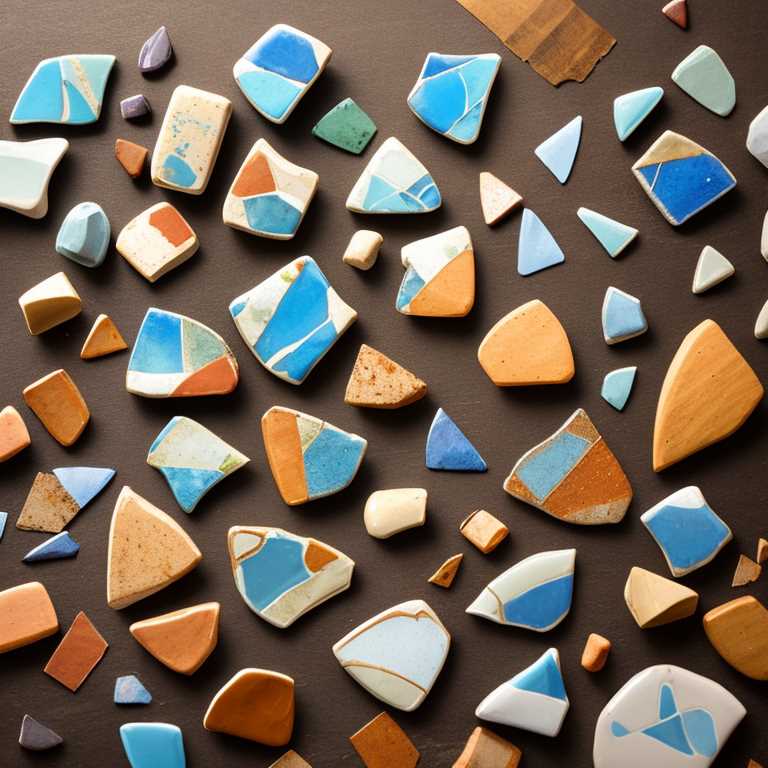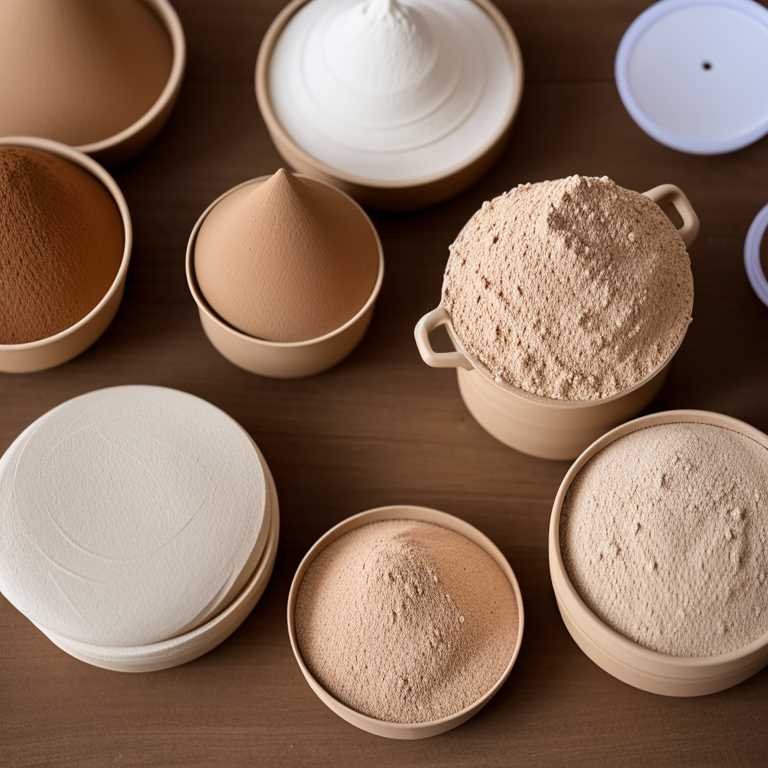Pit firing is an ancient technique for firing pottery that has been used for thousands of years. It is a simple, yet effective method that produces unique and beautiful results. Pit firing pottery involves burying the pottery in a pit and firing it with wood, sawdust, or other combustible materials. The process can take several hours or even days, depending on the size of the pit and the amount of pottery being fired. In this article, we will guide you through the steps of pit firing pottery, including preparing the pottery, building the pit, firing the pottery, and finishing the pieces.
Preparing the Pottery
Before you can pit fire your pottery, you need to prepare your pieces for the process. The first step is to make sure that your pottery is completely dry. Any moisture in the clay can cause it to explode during firing, so it is important to let your pottery dry completely before pit firing it. To ensure that your pottery is dry, let it sit in a dry, warm place for at least a week after it has been made.
Once your pottery is dry, you can apply a slip or glaze to the surface. A slip is a thin layer of liquid clay that is brushed onto the surface of the pottery before firing. It can be used to create decorative designs, add texture, or change the color of the clay. A glaze is a mixture of minerals and clay that is applied to the surface of the pottery before firing. It creates a smooth, waterproof surface and can be used to add color and shine to the pottery.
Building the Pit
The next step in pit firing pottery is to build the pit. You will need a pit that is at least twice the size of the pottery you are firing. The pit should be deep enough to completely bury the pottery and leave at least two feet of space on top for the combustible materials. You can dig the pit in your backyard or find an open space where you can safely build a fire.
Once you have dug the pit, you need to fill it with combustible materials. Wood, sawdust, and leaves are all good options. You can also add salt, copper, or other materials to create different effects on the pottery. Layer the combustible materials in the pit, making sure to leave enough space on top for the pottery.
Firing the Pottery
Now that your pit is ready, it's time to fire the pottery. Place the pottery in the pit, making sure that it is completely covered by the combustible materials. Light the fire and let it burn for several hours, adding more combustible materials as needed. The temperature inside the pit will rise quickly, so it's important to keep an eye on the pottery to make sure that it doesn't overheat.
After several hours of firing, the pottery will be ready to be removed from the pit. Use tongs or gloves to carefully remove the pieces from the pit and let them cool completely. The cooling process can take several hours, so be patient and let the pottery cool naturally.
Finishing the Pieces
Once the pottery has cooled, you can clean it and finish the pieces. Use a soft brush or cloth to remove any ash or debris from the surface of the pottery. If you applied a slip or glaze before firing, you can now see the beautiful effects that the pit firing has created. If you didn't apply any slip or glaze, you can leave the pottery as it is or add a clear coat to protect the surface.
Pit firing pottery is a beautiful and unique way to create pottery that is both functional and decorative. It is a simple process that can be done with minimal equipment and materials, making it accessible to anyone who wants to try it. The results are always unique and unpredictable, which adds to the charm and beauty of the finished pieces. Whether you are a beginner or an experienced potter, pit firing pottery is a technique that is worth exploring.

